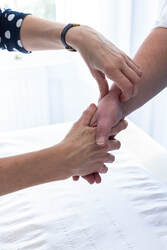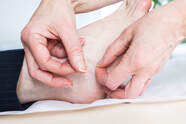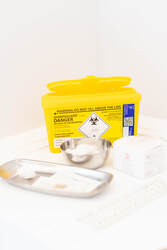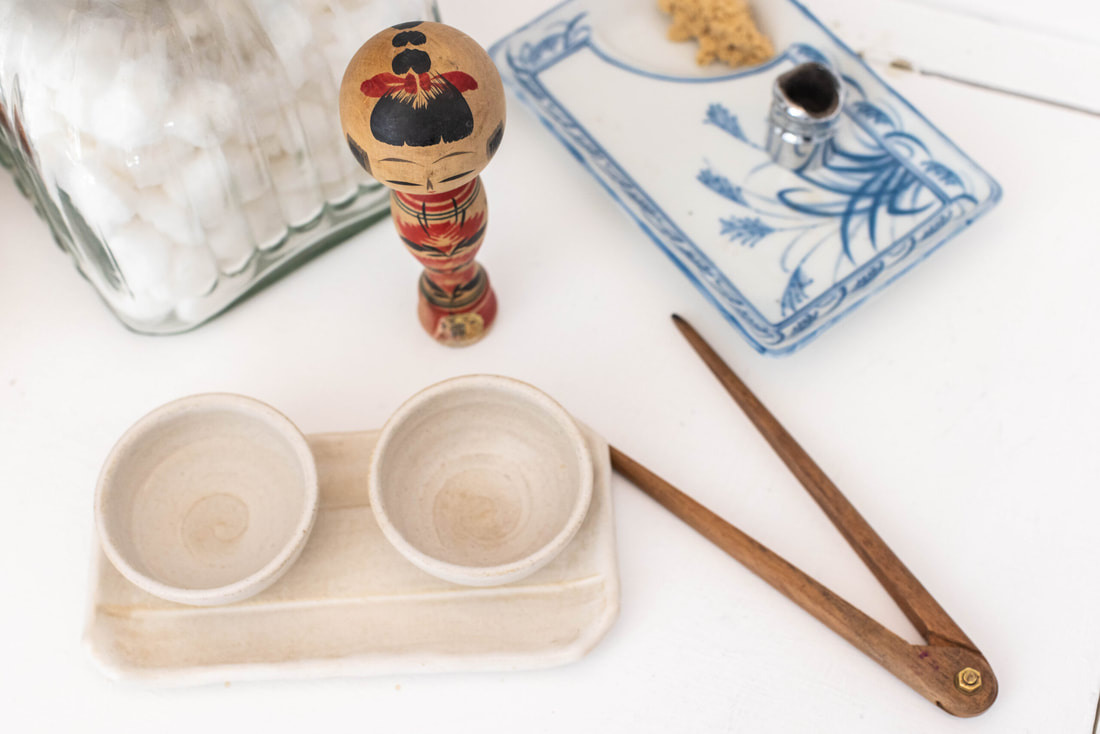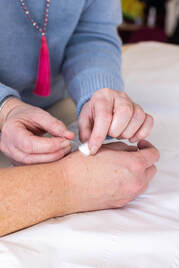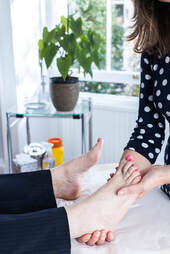Frequently asked Questions
What can acupuncture treat?
Acupuncture can treat a wide range of conditions including female and male infertility, back pain, headache, anxiety and depression. For fact sheets on research supporting the efficacy of acupuncture on a number of conditions, please visit the British Acupuncture Council's website. The World Health Organisation has also published a list of diseases and disorders that acupuncture has been proven to treat. For more information on what acupuncture can treat please contact me. What is Five Element Acupuncture? Five element acupuncture addresses the underlying cause of an illness rather than just the symptoms, and as such it is often helpful in treating issues that are generally unresponsive to Western drug-oriented treatment. It treats the body, mind and spirit and it is common to experience changes in any, or all, of these areas after regular treatment. You may find that as well as your original complaint, other symptoms or issues also disappear. Most people experience renewed vitality, better sleep, a greater sense of self and well-being, and more able to cope with the stresses of life. What will happen at my first appointment? Your first appointment will involve an in-depth consultation which will last approximately 30 minutes and I will ask you lots of questions about your current and past health issues, work, diet, lifestyle, sleep, and relationships. I will do a brief physical exam (e.g. taking your pulses and blood pressure) before moving on to the acupuncture treatment itself. The first appointment takes approximately 90 minutes altogether. Follow-up treatments take around 45 minutes. In addition to acupuncture I also use moxibustion, a traditional Chinese medicine technique that involves the burning of the mugwort herb to facilitate healing. Moxibustion is used to strengthen the blood, stimulate the flow of Qi and maintain general health. A small, cone-shaped amount of moxa is placed on top of an acupuncture point and lit, then removed before it burns the skin. You will experience a pleasant warming sensation that penetrates deep into the skin, but no pain, blistering or scarring. How many treatments will I need? This will depend on your condition and progress of the treatment. In the early stages of treatment, I recommend weekly treatments for four weeks. The aim is to gradually increase the gap between treatments until we reach the ‘maintenance’ stage, when the focus becomes keeping you healthy and preventing further ill health. This generally involves treatments of between 6 weeks and 3 months. Consistent treatment has a cumulative effect. Chronic illness may require treatment for many weeks, while acute problems generally respond much faster. Is it safe? Yes. I use pre-sterilised single-use needles that are safely disposed of immediately after your treatment. All of my treatments are carried out in accordance with the Association of Acupuncture Clinicians' Code of Conduct and Code of Safe Practice. Does it hurt? The needles I use are ultra fine, about the width of a human hair. The sensation of the needle reaching the point is different for everyone and can be described as a dull ache, or a tugging, pulling or rushing sensation. On the whole the needles are only kept in for a few seconds before they are removed. Are there any side effects? Most people feel pleasantly relaxed and experience no unpleasant side effects at all. However it is possible (though uncommon) for patients to experience minor bleeding at the site of needling, bruising, and some aggravation of symptoms before improvement. In rare cases some people feel faint but this is usually only in the first treatment. Can I claim on my private health insurance? I am very happy to provide a formal receipt to you so that you can claim back the cost of your treatment with your private health insurer. As a member of the Association of Acupuncture Clinicians I am recognised by a number of private health insurers. Before agreeing on a course of treatment it is important that you check with your insurer to confirm that your treatment will be covered by your policy as this information is subject to changes outside of my control. |
|

